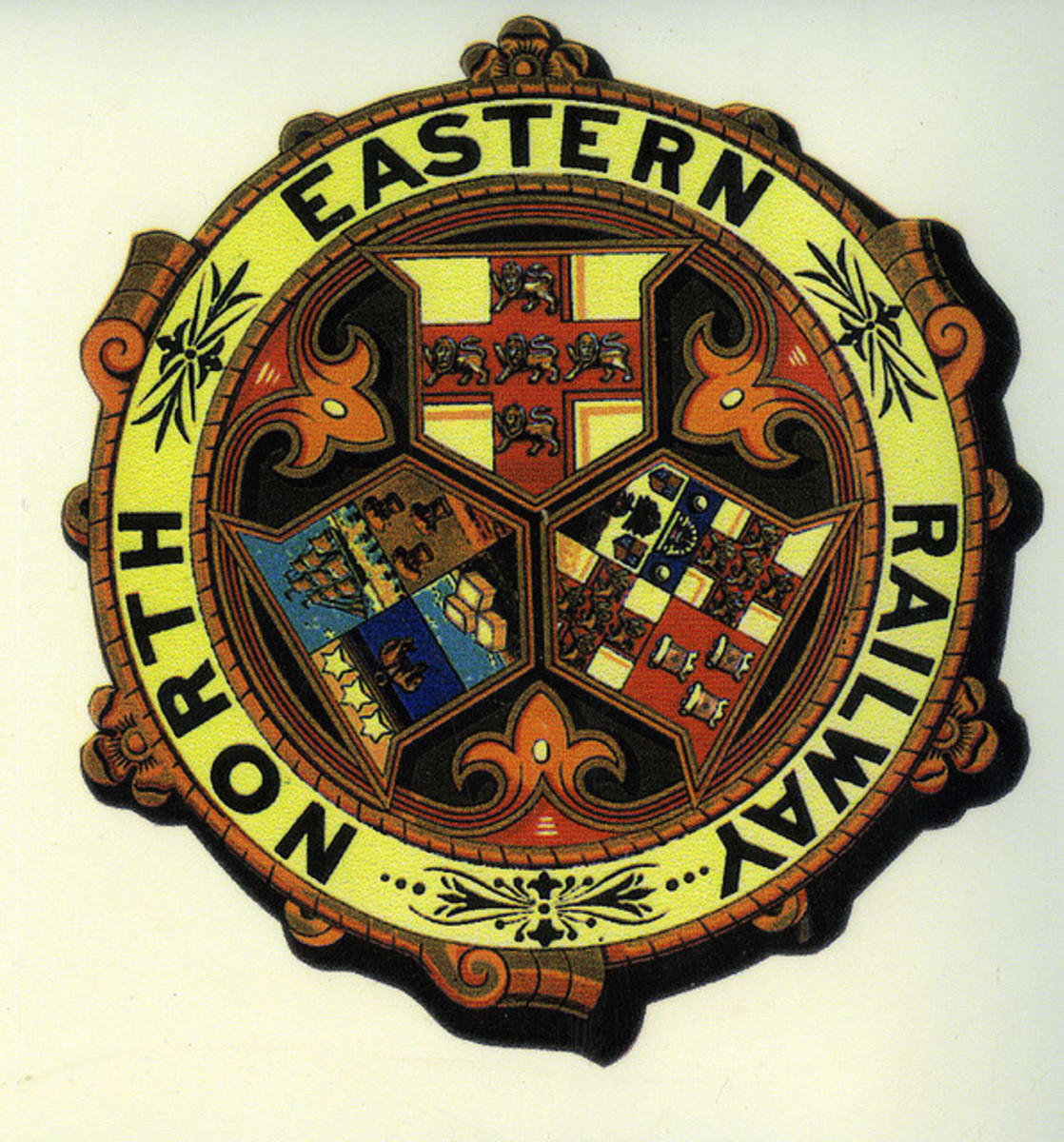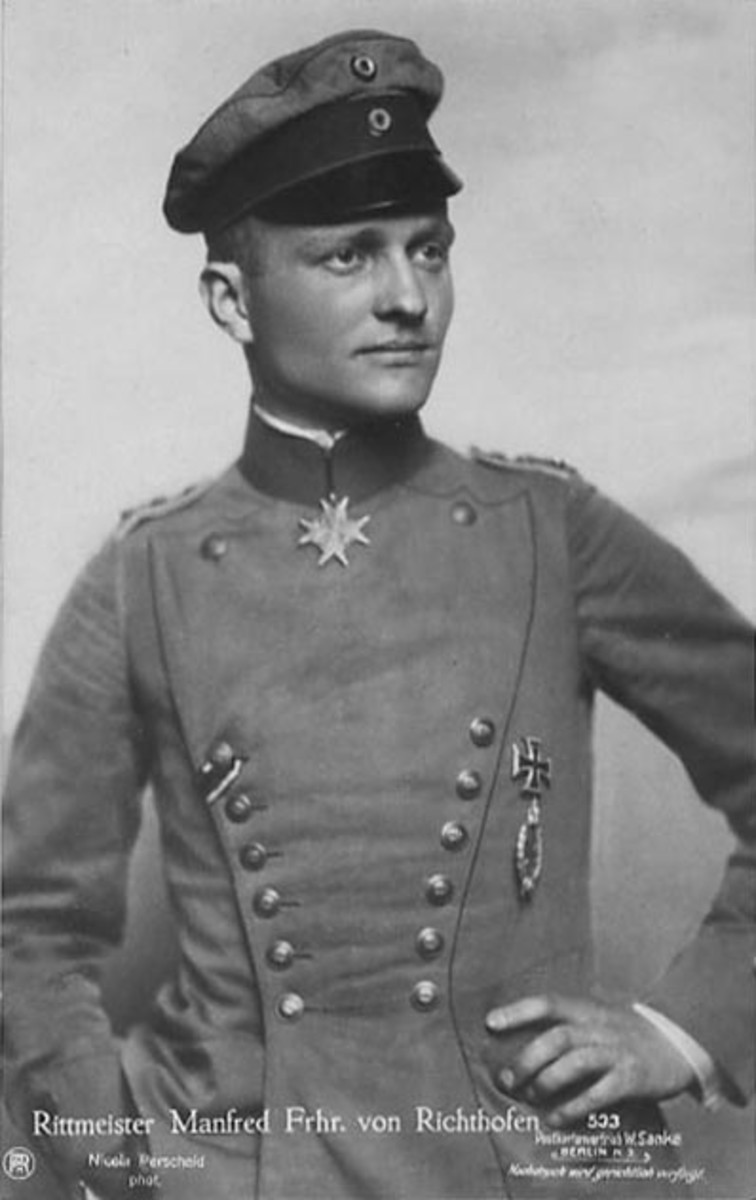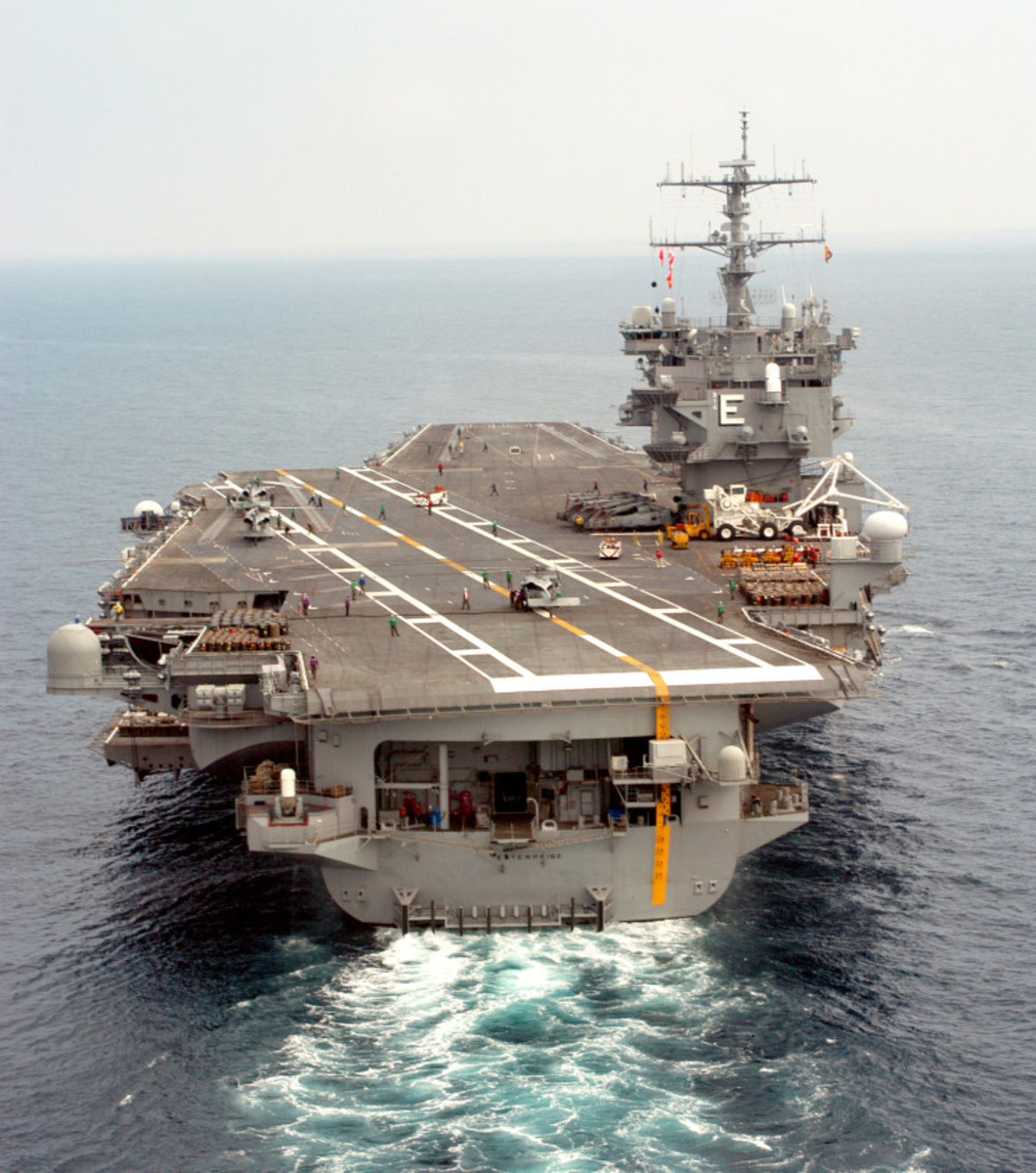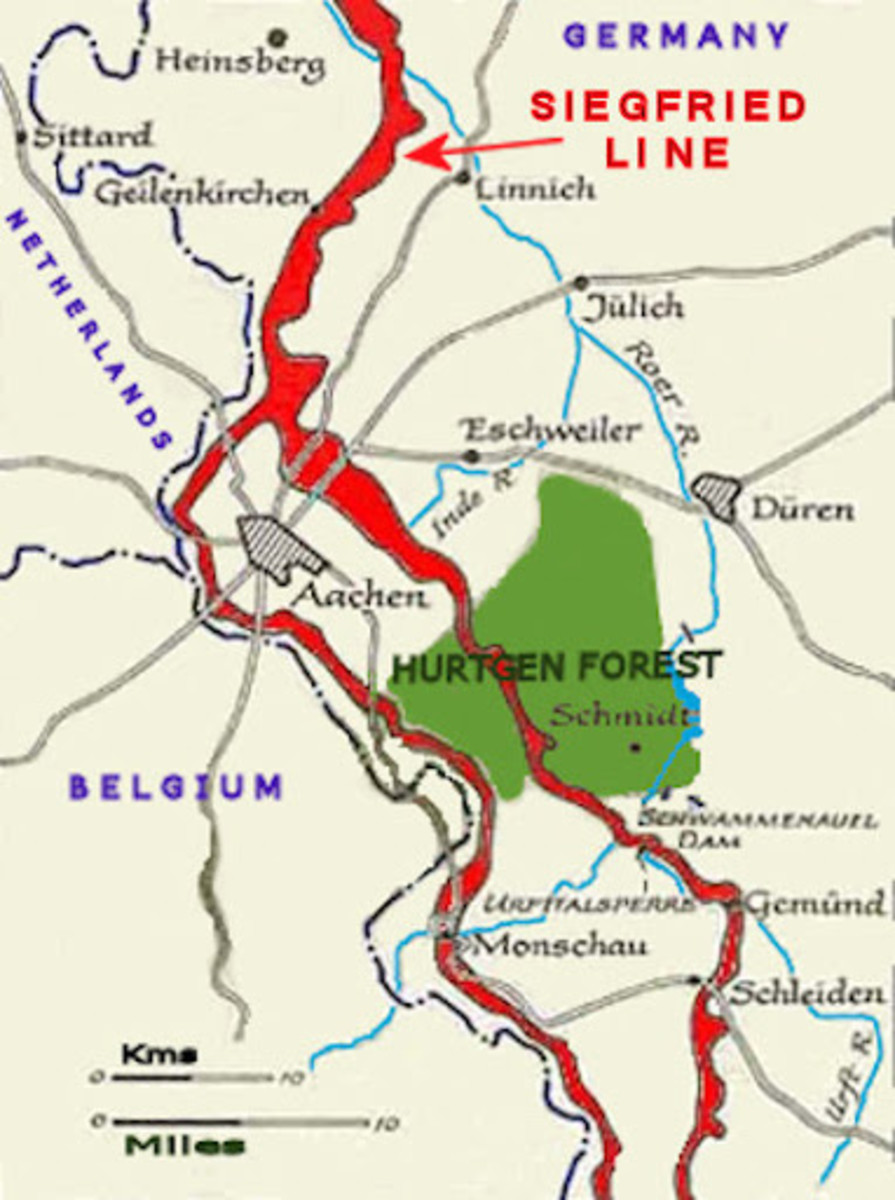Stalin`s train and his trip to Potsdam Conference in 1945
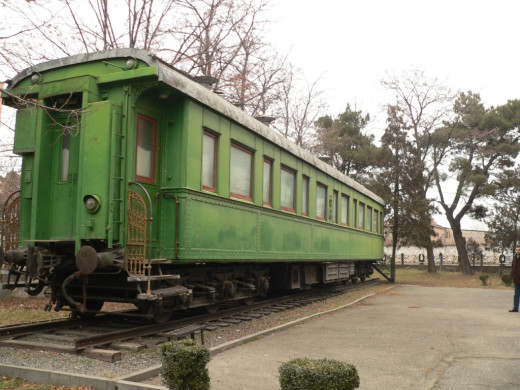
Stalin did not like to travel by plane. A train was his main and favorite means of transport for long distance trips.
Stalin`s guard Alexey Rybin, remembered that there were five of these special trains: the main train and back-up trains. Their exact location was classified but they say that these trains were located in Moscow. In the condition of secrecy the train was called in the papers - the "special rule".
Stalin did not make many trips. It is known that he made one trip to the front line, travelled by train to Baku (on his way to Tehran Conference) to Potsdam Conference and to a Yalta Conference of allied countries.
828 kilometers of railroads in one month.
In the summer of 1945, the question arose: how Stalin can get to the Potsdam Conference of the victorious sides. How to cross a 1923 km distance between Moscow and Berlin? Stalin did not use planes, he always used train and this train trip to Berlin was a big trouble for Stalin`s assistants.
The main problem was that only part of the route (1095 km) passed through the territory of the USSR. 594 kilometers of railways in Poland and 234 kilometers across Germany had a narrow gauge. Now the movement of our trains in Europe is simple: chassis of the vagons are changed at the border. But in 1945, it was hurriedly decided to rebuild all railway into national soviet standards.
By June 25, 1945 a passenger traffic had been opened on the route Moscow - Berlin, which, among other things, demonstrated our intention to remain in Germany for a long time.
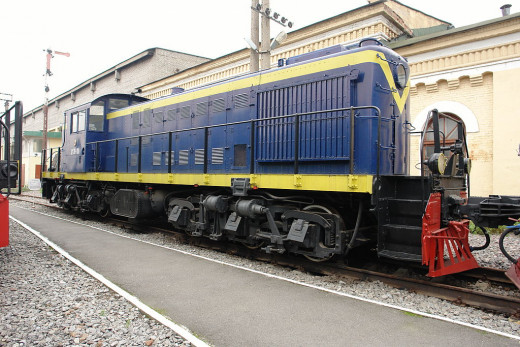
Stalins train
Stalin's train consisted of several armored saloon cars, the car for guards, a staff car, car-garage (it "drove" two of Stalin's armored "Packards"), a dining car and a wagon with food. The train had 80 officers of security. Two platforms with anti-aircraft guns were attached to it as well. (One of the vagons from Stalin`s train is still kept in Georgia. In a small town Gori, a place of Stalin`s birth, there is a museum devoted to him.)
In general, to ensure safety of the Soviet leader up to 17 thousand people of NKVD troops were used. Every kilometer of road was protected by 6 to 15 people. At the time of Stalin's trip to "bad" parts of Poland and Germany, the local people were temporarily evacuated from the visible area of the railway. The shutters on the windows facing the railroad had to be closed.
There were three similar trains on the route. Two of them carried bodyguards and only one of them was with Stalin.
At stations all local police was mobilized. In Belarus, for example, about 80% of the police was involved in the operation. Soldiers on both sides were along the way in sight distance. Special attention was paid to the protection of bridges and railway sidings.
This Stalin`s train was driven by an American locomotive DA 20-27. It was obtained according to lend lease program. Soviet Union obtained 68 locomotives from the United States. The locomotive DA 20-27 was not very powerful – just 1000 h.p. and was not too much speedy but it was more reliable on the long rising ways. Domestic locomotives in those days were not reliable and out of dated. Soviet locomotives were equipped with steam engines while American had an ALCO diesel engine.
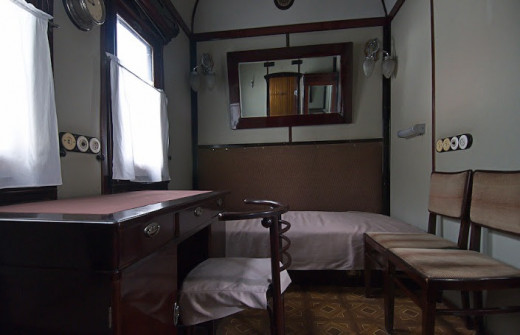
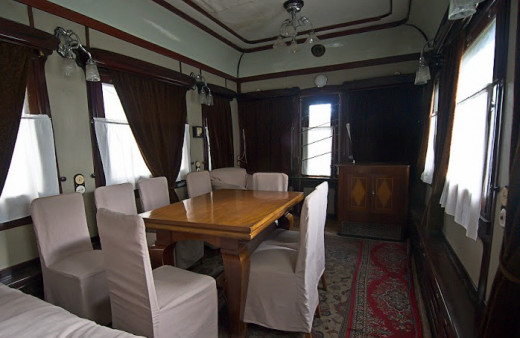
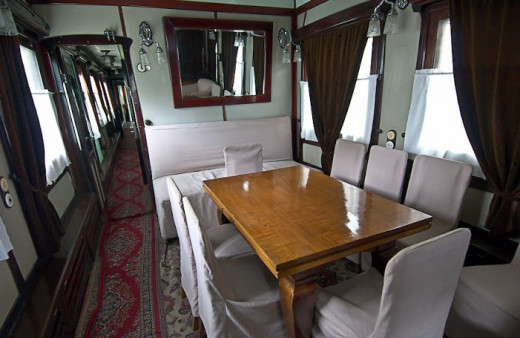
OPERATION "Palma"
A trip of the Stalin`s train to Berlin had a coded name “Operation Palma”. The train left Moscow on the 15 July 1945 from the Belarus station.
High speeds were not available that time even for a special train. The railroad tracks were often repaired in time of war and their condition was not the best in the first months after the war. Time to time the train made stops, and Stalin used them for a walk.
Someone of the delegation drew attention to the "Great Leader" to the fact that the coal dust and smoke did not fly to windows which was common for a steam driven trains. They explained Stalin that this train is pulled by a new diesel locomotive. Next station Stalin came to the locomotive and climbed into the cabin. He asked the machinist: “is it good enough to pull the train to Berlin?”. Machinist answered: "Not only in Berlin, it will return the train back to Moscow too, Comrade Stalin."
On returning to his car, the Secretary General said that the locomotive is good and that he liked the fact that it was clean and even rugs were on the floor of the cabin. The result of his visit to the cabin American locomotive was the resumption of production of diesel locomotives in the USSR.
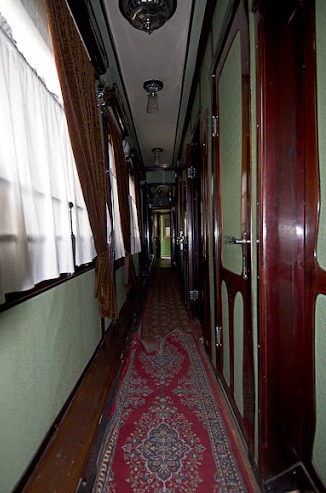
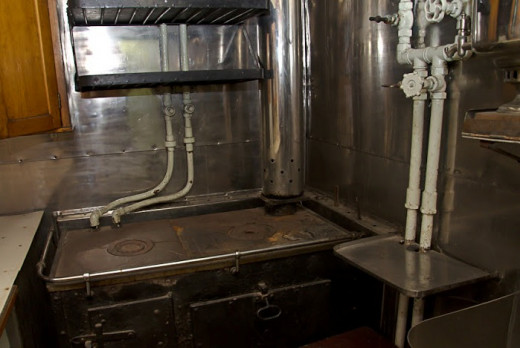
Unknown details
The first incident in a train happened during the journey across the river Oder in Germany. Brake pads smoked and caused a sharp decrease in speed of the locomotive. One of the machinists Vasili Ivanov was leaning out of the window trying to see what was happening. He was hit by a roadside mast and fall out of the cabine. The emergency brake was used and the train stopped to pick him up. He was lucky. Injures were not serious and he quickly returned to his duties. Before heading to Moscow, Stalin went to diesel locomotives: "How's Vasili?". Seeing machinist unharmed, Stalin smiled and raised his forefinger: "We need to be careful" ...
Second incident happened in Moscow. The train commandant ordered that the Stalins vagon must stop opposite the red carpet leading to a parliamentary hall of the station. But just several meters before the carpet a switchman came waving a warning flag. The train had to stop in wrong point. Comrade Stalin had to walk to the car on a wet and muddy platform. This incident was investigated by a commission but the train machinist was considered to be not guilty.





